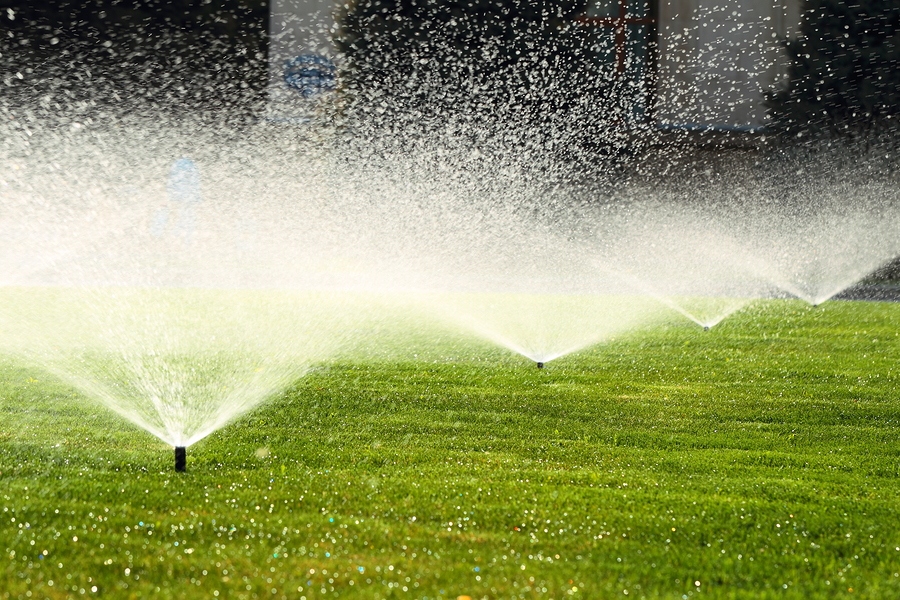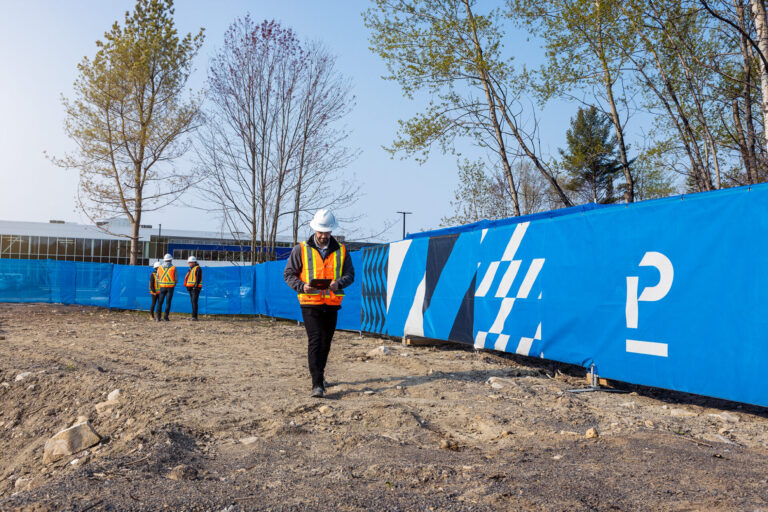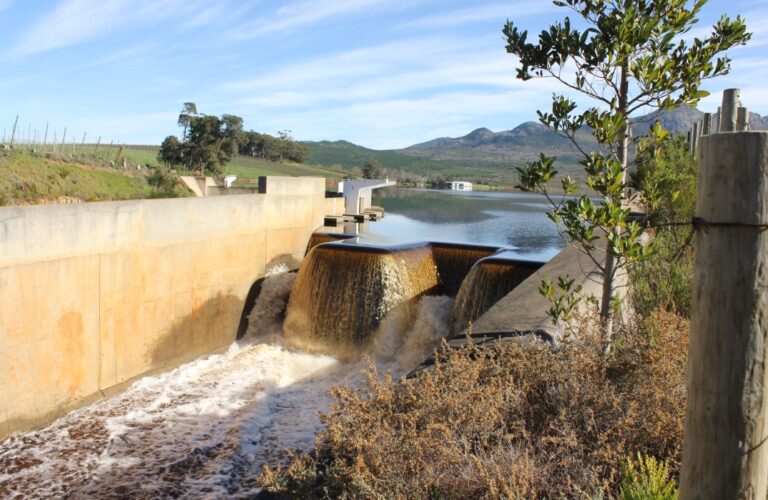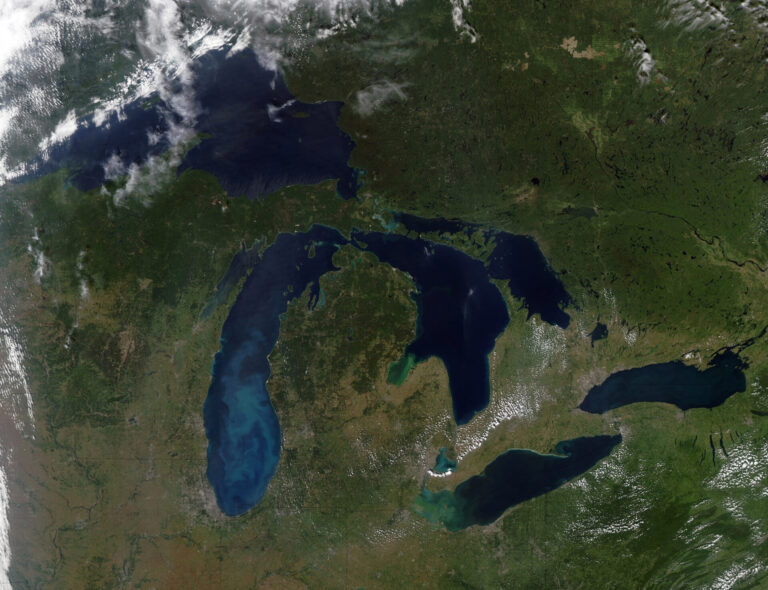The City of Guelph has been a pioneer in the promotion of water conservation and efficiency in Canada. Motivated by limited supplies of local groundwater and the high cost of piping water from one of the Great Lakes, Guelph developed its first water conservation master plan in 1999. Earlier efforts to manage industrial demand resulted in the replacement of a what is known as a “declining block rate structure” with a uniform rate, thus eliminating low volumetric rates for large industrial water users. Since then, the uniform rate has remained in place. In the most recent update to its water efficiency strategy, the municipality reviewed alternative water conservation rate structures.
The purpose of a conservation rate structure is to create an incentive to use less water by increasing the customer’s cost of water. Conservation is one of several basic rate setting principles, including: adequate cost recovery, to treat customers fairly, for its relatively simple and easy to understand, its relatively easy to implement and administer, and to promote efficient water use.
The increasing-block rate structure is the most commonly used conservation rate structure in Canada. Here, the volumetric charge that increases in discrete steps, or blocks, as the volume of water consumed increases. For such a rate structure to work, the price differentials—especially for the third block—should be designed to give a strong incentive to the customer to decrease non-essential water use. The first block usually represents basic indoor household water needs, the second captures average residential water use, and the third captures outdoor use.
In designing a water rate strategy, alternative structures can be combined. For example, an increasing block rate for residential customers and a uniform rate for non-residential customers.
Impact on demand
The impact of alternative rate structures on demand was estimated based on the condition that each rate structure would generate enough revenue to achieve the cost-recovery target. Achieving this objective by raising rates to target high water use period in summer means that the base price for water outside of the summer period be proportionately lower. Five alternative rate strategies were evaluated with moderate to aggressive rate levels tested for each. The following two figures show the results of the evaluation of a strategy involving an increasing block rate for both residential and non-residential customers.
This option was the most effective for reducing water demand, largely due to the price increase faced by a small number of large industrial, commercial, and institutional (ICI) customers. Given the diversity of such customers, it is very difficult to design this rate structure in a manner that assures the equitable treatment of such customers. Other rate structures that were tested had more modest impacts on demand with reductions ranging up to 1.4 per cent.
A qualitative rating of alternatives gave top rank to the existing uniform rate structure. Given this outcome and the low efficacy of all but the most aggressive conservation rate structures, a conservation rate structure was not adopted by the City of Guelph.
The main take away from this exercise was that, unless a municipality is willing to adopt a very aggressive conservation rate structure, the potential gains from such rates are modest at best especially if other effective water conservation measures are already in place.
Mining customer water demand data
The City of Guelph’s 2015 water conservation plan was supported by customer data mining exercises in 2013 and 2015 to help evaluate measures and improve program design. Data mining of customer billing data provides insights into customer water use that can enhance water management policies and programs.
The Customer Database covering over 34,000 customers, included monthly or bimonthly consumption for individual customers, metre size, customer location by Census Area, participation in water conservation programs, land use, and other property descriptors. This rich database allowed an analysis that differentiated water demand by type and size of customer, by season and by service area within the city.
Some key findings
- Summer use exceeds winter use on average, but this is not true for multi-residential and institutional customers. Moreover, a significant number of residential customers, 24 per cent, actually use less water in the summer. The excess of summer use over winter use for all residential customers averages 1.9 m3/month but it measures 3.5 m3 looking only at customers who use more water in the summer.
- Water use of residential customers is strikingly uneven, the smallest customers using 1/3rd the water used by the largest customers.
 There has been an overwhelming downward trend in demand across all customer classes with about two thirds of all customers exhibiting a declining demand. The average change in use per year across all customers is -1.5 m3/month/year. This splits out to -3.5 m3/month/year for the 2/3rds of customers with declining demand compared to a 2.6 m3/month/year increase for other customers with increasing demand.
There has been an overwhelming downward trend in demand across all customer classes with about two thirds of all customers exhibiting a declining demand. The average change in use per year across all customers is -1.5 m3/month/year. This splits out to -3.5 m3/month/year for the 2/3rds of customers with declining demand compared to a 2.6 m3/month/year increase for other customers with increasing demand.- Spatial analysis of the data revealed several, typically newer areas that had significantly higher levels of annual and seasonal residential demand.
- The decline in commercial and industrial demands, as a percentage of average demand, is somewhat higher than declines for other customer classes.
- The rate of decline for residential customers has been 0.5 m3/month each year. Indoor use has been declining at a more rapid pace than outdoor use. Declining demand is common across North America and is attributed to the uptake of water efficient fixtures and appliances. Annual decreases in customer demand in the order of 3 per cent can obviously not continue indefinitely. At some point the influence of factors such as the adoption of water efficient technologies will diminish and customer demand will level out.
- Important factors that reduce residential demand include the price of water and wastewater services, increasing household income and increasing education. The impact of price on outdoor water use is lower than on indoor use.
- Water conservation programs to rebate water efficient toilets and washing machines both had a significant and lasting impact on indoor water use. Participation by a household results in a permanent reduction in water use of about 0.8 m3/month for the toilet program and 0.3 m3/month for the washing machine program. An outdoor water conservation program has also had a significant and lasting impact on water use for participants amounting to about 0.5 m3/month.
- Lawn watering restrictions in the summer reduces residential demand by an average of about 2 m3/month.
- An additional dry day during the summer increases residential outdoor use by an average of 0.06 m3/month.
Mike Fortin is a consulting economist with M. Fortin Associates. Wayne Galliher and Emily Stahl are respectively acting plant manager and acting manager of technical services for the City of Guelph Water Services.













